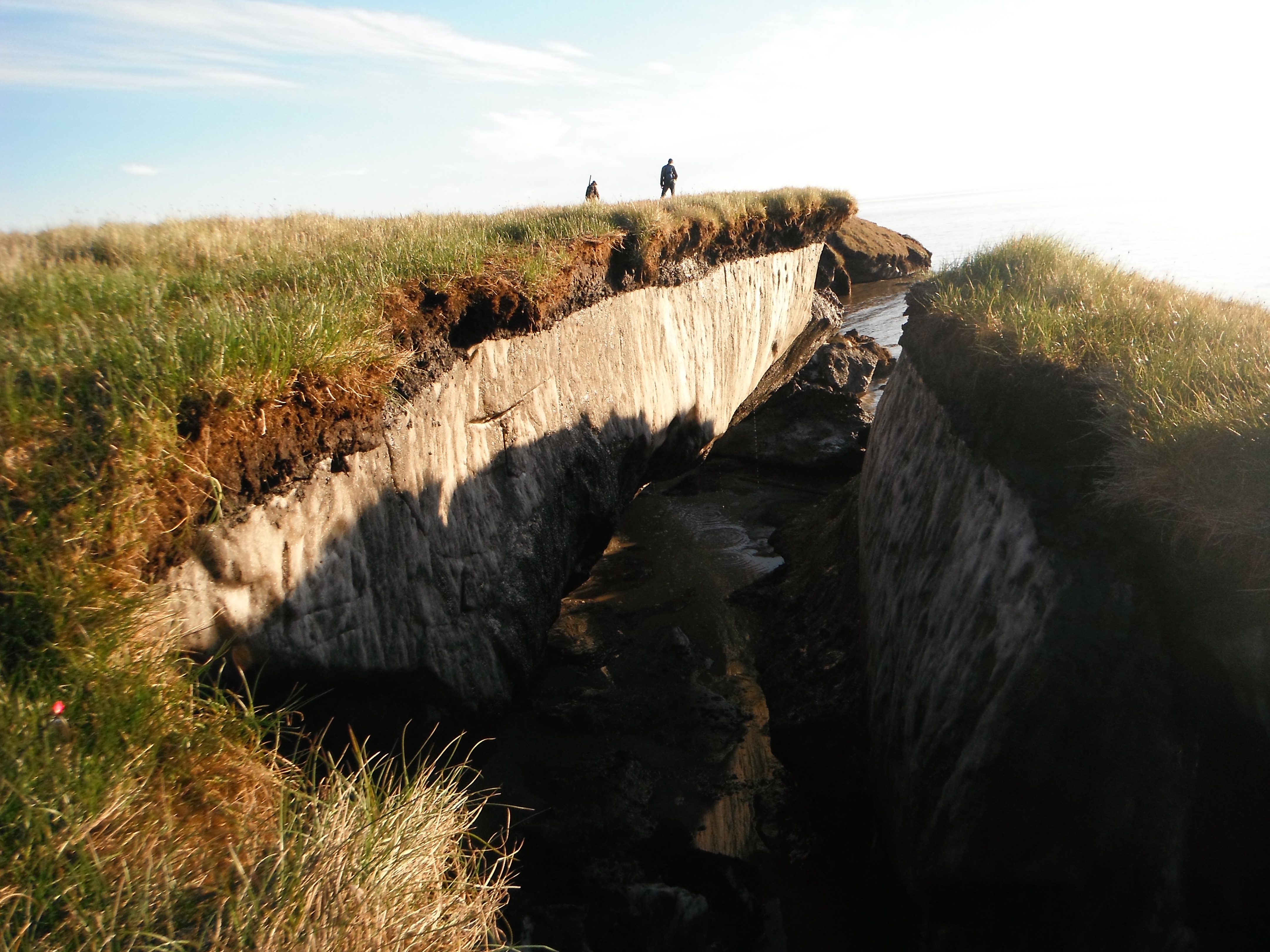As permafrost thaws, the rocks once contained within it are dissolving, new research finds
Minerals released by thawing permafrost can eat away at exposed rocks, releasing even more carbon dioxide into the atmosphere.

Across the north, permafrost is thawing and releasing carbon dioxide, methane and other greenhouse gases. Scientists estimate that permafrost stores about 1,400 gigatons of carbon — nearly double the amount currently in the Earth’s atmosphere (about 850 gigatons).
Permafrost is made up of frozen soil, rock and minerals. As it thaws, the muddy soil shifts and buckles, affecting roads, buildings and pipelines. There’s even a special word, thermokarst, for the eroding, cratered landscape formed by this process.
Some urban planners have recommended settlements in the region build new infrastructure on bedrock, which doesn’t shift as the ice within permafrost melts.
But recent research reveals that the soil isn’t the only part of the thawing permafrost that’s disintegrating.
Scientists recently examined the impacts of thaw on rocks in the western Canadian Arctic once covered by permafrost. They published their work in Geophysical Research Letters earlier this month.
As the permafrost thaws, they found, the rocks within it are exposed — and the minerals the permafrost contained can eat away at the rock.
In some cases, the composition of the permafrost minerals means this process can actually help sequester carbon. Carbonic acid helps store carbon dioxide in the earth rather than releasing it into the air.
But sulfide minerals turn into sulfuric acid and eat away at rocks, releasing carbon dioxide into the atmosphere — and some polar regions are richer in sulfuric acid than carbonic acid.
This could mean that permafrost thaw will release even more carbon dioxide than previously estimated.
But how much, the scientists said, is hard to determine — are are prone to vary from region to region. The effects of chemical weathering from permafrost thaw upon climate change feedbacks, they write, remains “entirely unstudied.”